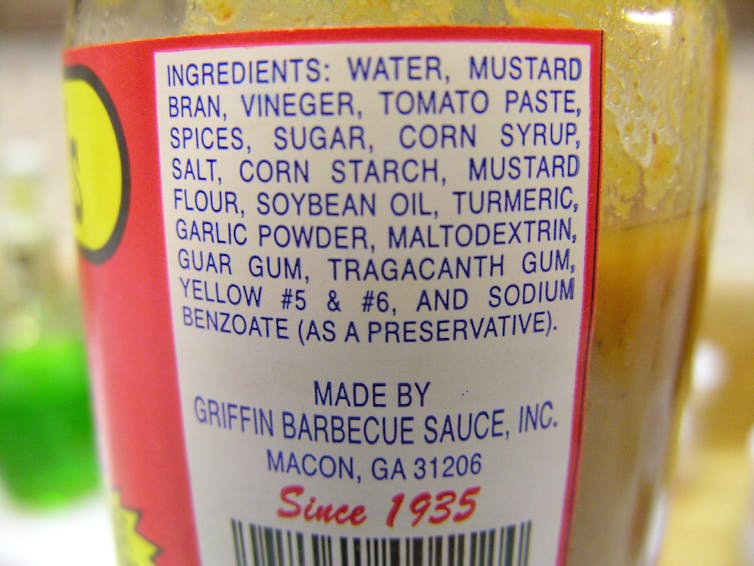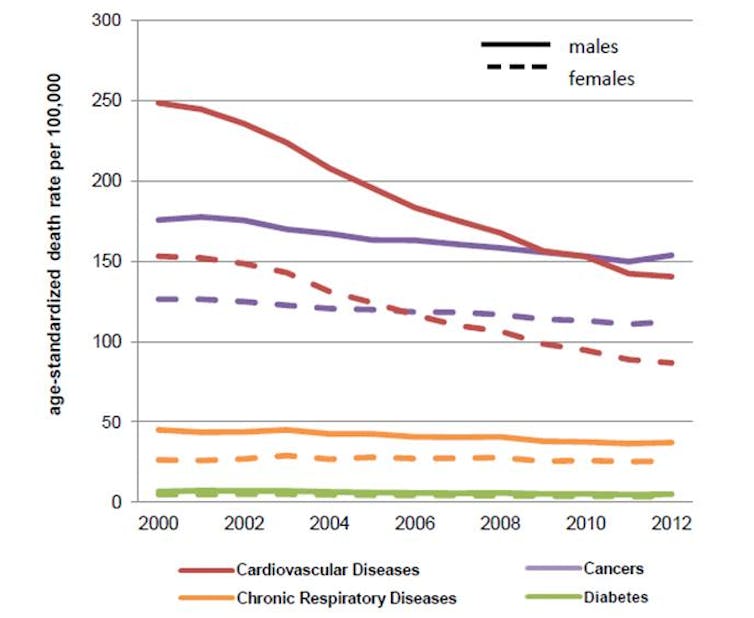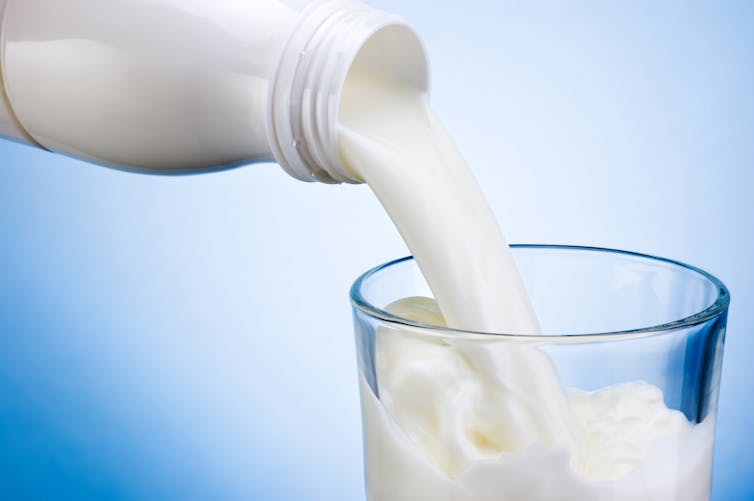Producing an audiobook is like building a house: Your choices dictate your final cost. Each recording of an audiobook is custom-made, so learn about the time and skills necessary for a polished production.
Authors might have the following questions: How much do you need to pay upfront? What are the long-term costs? How long will it take to recoup my investment?
Authors might have the following questions: How much do you need to pay upfront? What are the long-term costs? How long will it take to recoup my investment?
You have three options:
- Narrate your book yourself (easier than you might think)
- Enter into a revenue-share agreement with a narrator
- Pay a flat PFH rate upfront to have your book produced
Narrate Your Book
There are many reasons you may want to create the audiobook on your own: Perhaps you want a version of your book spoken in your own words, or you want to create single educational lectures from chapters of your audiobook. Whatever your motivation, creating your own audiobook isn’t that difficult.
There are many reasons you may want to create the audiobook on your own: Perhaps you want a version of your book spoken in your own words, or you want to create single educational lectures from chapters of your audiobook. Whatever your motivation, creating your own audiobook isn’t that difficult.
With modern software, it’s easy to record an audiobook, so going it alone is an option! However, professional post-production is needed, as well as an aggregator to distribute the book to online retailers, bookstores, and libraries. Don’t underestimate the amount of time it will take you to produce an audiobook. Your listeners want you to narrate the story with complete conviction. Just like a professional actor, you should completely immerse yourself in the story.
While you don’t need to spend much on equipment, if you have no prior experience, taking classes or working with a vocal coach is advised. This will qualify you to create a professional narrated book and to improve your skills over time. ACX gives tons of worthy advice on how to narrate your own audiobook or what to look for when outsourcing.
Finding an acoustically sound location to record your reading sessions is probably the single most important task during this process. Where in a typical home would you install a recording studio? Somewhere that’s small, contained, and preferably has a carpeted floor. The best spot is in a walk-in closet.
Equipment for Narrators: The minimum would be a laptop dedicated to audio recording software, an interface box, a microphone, a boom shield on a stand, and all the appropriate cords! This basic hardware is fairly inexpensive. However, the quality of your voiceovers will be only as fine as the methods you use to capture and control the sound.
Revenue-Split
Although a revenue-split contract initially seems to be ideal for authors, numerous indie authors get frustrated with it over time for several reasons. The author earns only half of the available revenue for seven years and is bound for seven years to absolute exclusivity - at least at ACX, other contractors could have better conditions.
Although a revenue-split contract initially seems to be ideal for authors, numerous indie authors get frustrated with it over time for several reasons. The author earns only half of the available revenue for seven years and is bound for seven years to absolute exclusivity - at least at ACX, other contractors could have better conditions.
Pay a Flat Rate
The other option for authors is to pay the production costs upfront by hiring a narrator on a PFH contract, which is a buy-out option that lets the author retain all revenues. This choice is especially attractive when your ebook or the print version sells one thousand or more copies per month, which means you might sell at least two hundred audiobooks per month.
The other option for authors is to pay the production costs upfront by hiring a narrator on a PFH contract, which is a buy-out option that lets the author retain all revenues. This choice is especially attractive when your ebook or the print version sells one thousand or more copies per month, which means you might sell at least two hundred audiobooks per month.
Experienced narrators charge between $200 and $450 PFH. For instance, at $200 PFH, a narrator would send a $2,000 invoice for the complete production of a ten-hour audiobook.
After selling approximately five hundred units of the audiobook, the author breaks even, and from this point forward, all remaining audiobook sales generate a pure profit of around $4 per unit sold.
.
A short excerpt from our latest title in print and ebook format:
"SUCCESS WITH AUDIOBOOKS"
"SUCCESS WITH AUDIOBOOKS"
available here:
<><><><><>
.




